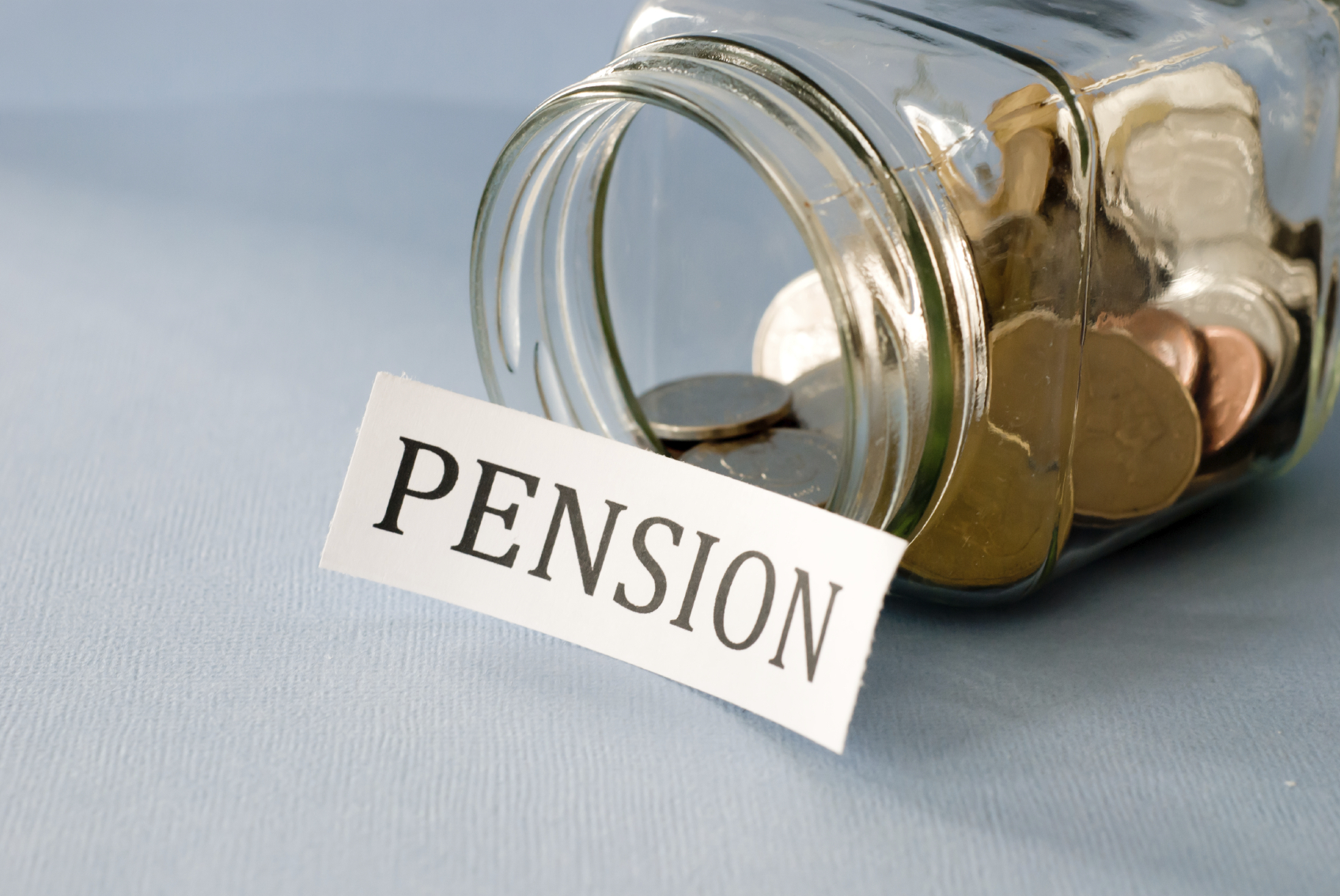
Maryland’s Pensions Are Not ‘Just Fine’
Last week, the Maryland State Retirement and Pension System responded to an op-ed I co-authored with James Hohman, director of fiscal policy at the Mackinac Center for Public Policy. We recommended that Maryland follow Michigan’s lead in pension reform.
While the State Retirement and Pension System argues that Maryland’s pension crisis is a “myth,” there is nothing mythical or fictitious about Maryland’s $20 billion public pension crisis.
The agency argues that Maryland has made progress toward the full funding of the system by “consistently contributing the full employer’s share.” This is not true. Under Gov. O’Malley, Maryland did increase the state’s required annual contributions to the pension system, but the lawmakers decided to decrease the state’s set-aside for pensions in 2014, and again in 2015, to divert the funds to more politically popular priorities.
A promise to set aside more state money to restore the state’s pension health is only meaningful when the promises are kept.
To its credit, the MSRPS also voted in 2018 to reduce the system’s actuarial assumed rate of return on its investments over the next two years from 7.55 percent to 7.45 percent. However, this miniscule reduction is more problematic than praiseworthy. While Maryland adjusted its discount rate by 0.1 percent, CALPERS lowered its discount rate from 7.5 to 7.0 percent, and Michigan lowered it from 8 percent to 6 or 7 percent.
As I noted in my recent report, using a more realistic assessment of discount rate is one of the most important steps toward improving the state’s pension health. It would also encourage lawmakers to set aside sufficient money to restore the system’s funding status.
In its response, the MSRPS argues that Maryland has “effectively managed its public pension plan and investments.” Yet, my study clearly shows that Maryland’s pension investment underperformed the peer group by approximately 1.4 percent for the past 10 years (ending in 2017), translating into lost investment income of almost $7 billion.
In defense, the letter points out that Maryland’s pension investment performance has improved since 2017, but this does not say much. According to NCPERS report, public pensions, on average, reported a much stronger average return of 13.4 percent in 2018, well above the 7.8 percent return reported in 2017. Hence, the more important question is, how well will Maryland’s pension fare when the stock market is performing poorly once again?
Given these doubts, we argued in our op-ed that Maryland should follow Michigan and strengthen worker pensions by switching new employees to a defined contribution plan. As a response, the MSRPS argues that Michigan employees end up with less money for retirement compared to Maryland employees.
Assuming this was true, Michigan employees with a DC plan would still be better off. These retirees can be 100 percent certain that they will have money to retire, because by definition, defined contribution plans are fully funded. The same cannot be said for Maryland state employees. If Maryland does not address its $20 billion pension liability, its pension promises cannot be kept.
Therefore, Maryland’s pensions are not “just fine.” The Tax Foundation, the Mercatus Center, the ALEC, the Wall Street Journal, and Bloomberg, are just a few among countless others that rank Maryland’s pension status in the bottom half of among the 50 states. The Maryland Public Policy Institute is therefore hardly alone to suggest that Maryland is facing a looming pension crisis.





